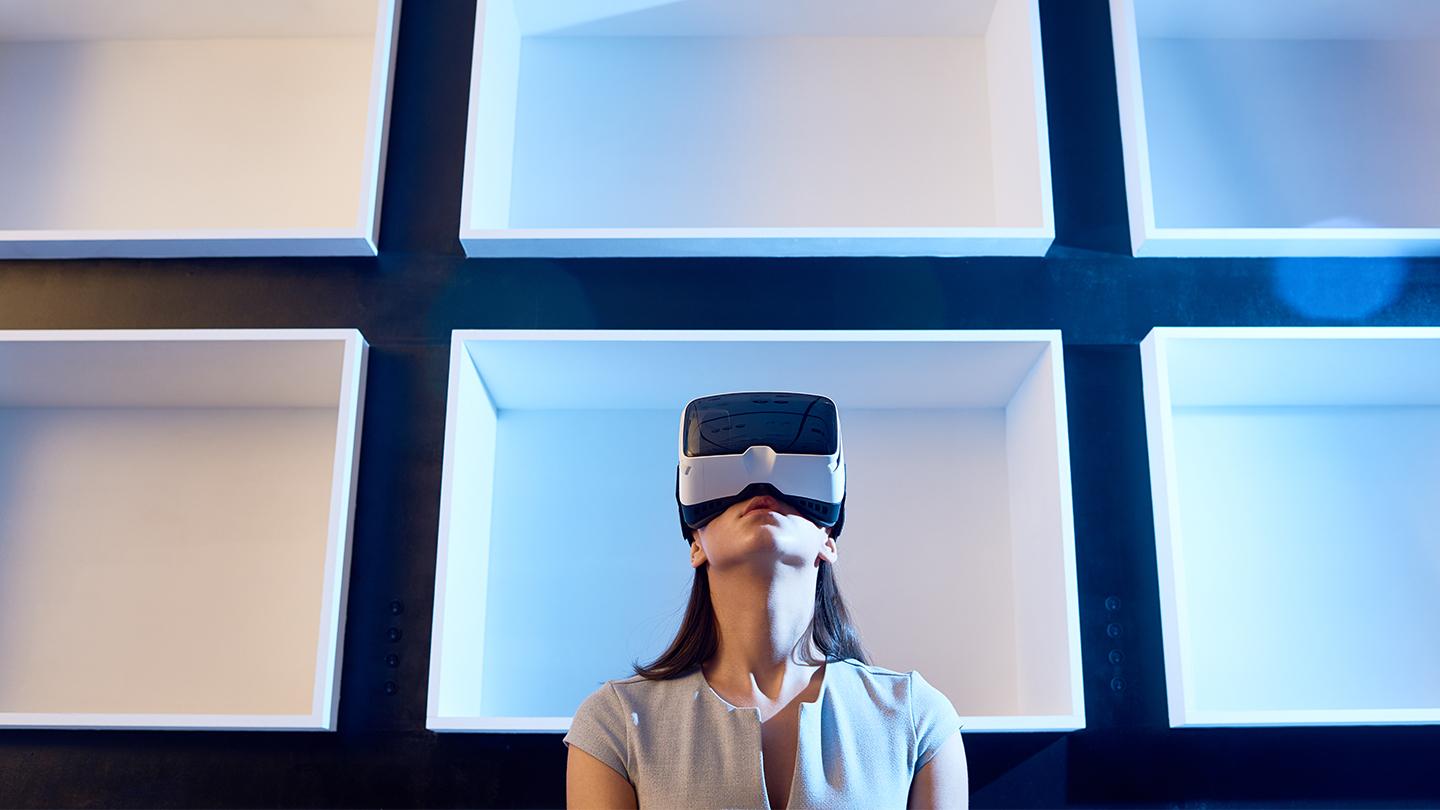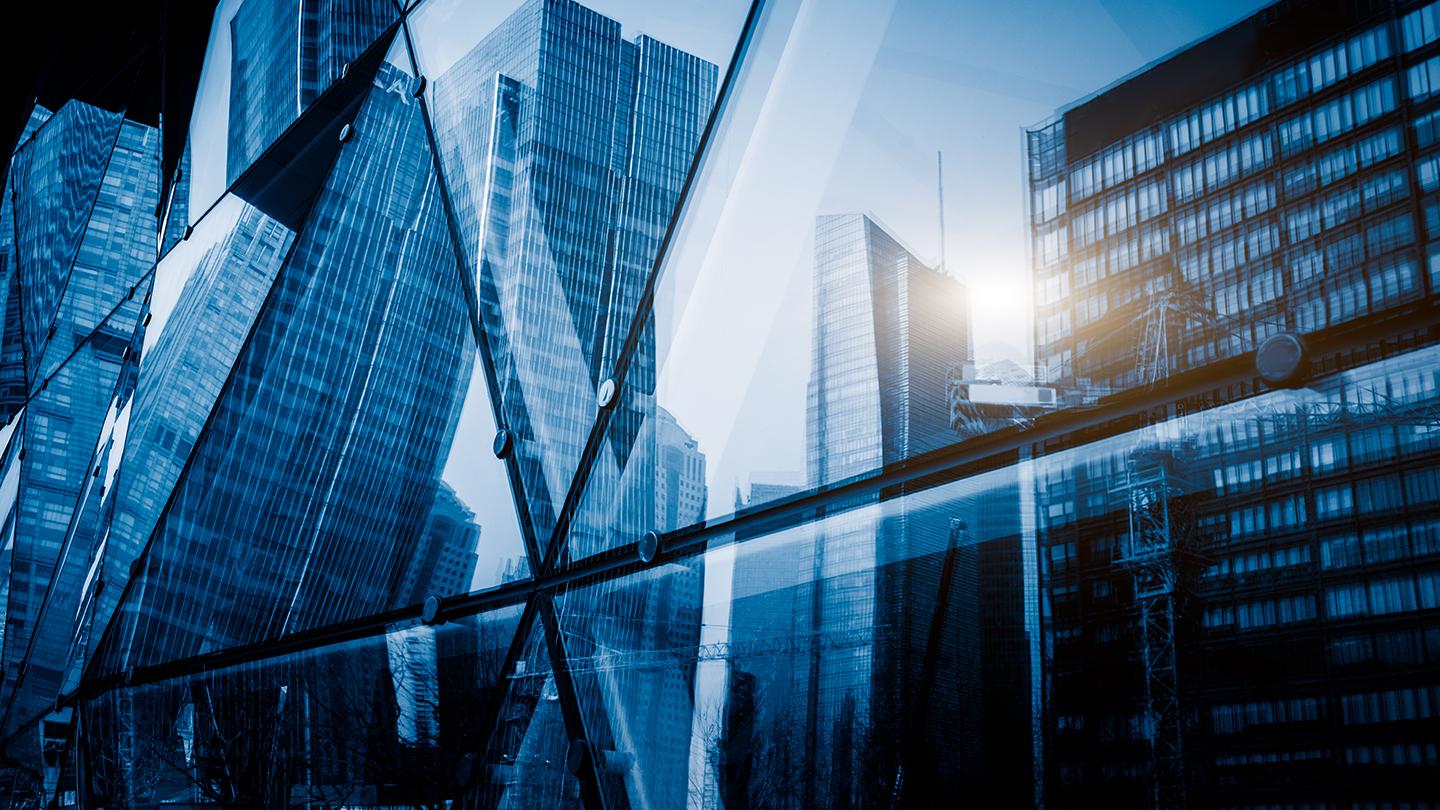From dystopia to utopia: the new hyperreality
What is hyperreality?
Wikipedia defines hyperreality as “an inability of consciousness to distinguish reality from a simulation of reality, especially in technologically advanced postmodern societies.”
It’s a state in which “what is real and what is fiction are seamlessly blended together, so that there’s no clear distinction between where one ends and the other begins”.
Keiichi Matsuda, creator of the concept film ‘Hyper-Reality’, similarly describes the phenomenon in relation to burgeoning technologies: “Our physical and virtual realities are becoming increasingly intertwined. Technologies such as VR, augmented reality, wearables, and the internet of things are pointing to a world where technology will envelop every aspect of our lives. It will be the glue between every interaction and experience, offering amazing possibilities, while also controlling the way we understand the world.”
Viewed in its original context, as imagined by French sociologist Jean Baudrillard (and further explored by Italian author Umberto Eco), hyperreality has connotations of a dystopian future - one in which we crave reality, but in the attempt to achieve it, we fabricate a false version and consume that as real instead.
The burgeoning new immersive technologies under development today, however, hold the potential for a hyperreality that will enrich - rather than diminish - our lives.
According to our own research, nearly a third of people believe that real world experiences will eventually be replaced by virtual ones. That’s a big number – many people are clearly expecting a hyperreal future.
So which aspects of our lives look poised to be transformed by this change in a positive way first? Let’s take a look at a few areas where hyperreality could bring significant benefits.

Hyperreality in retail
Online shopping, led by Amazon, is hugely popular. But imagine being able to strap on a VR headset and ‘walk’ through those digital stores, getting all the best bits of visiting the shops without suffering the crowds of people or lugging around heavy bags.
Or how about visiting a physical store and being handed AR glasses on arrival? There’s only one plain shirt hanging on the rail, but you can overlay every version that’s in stock – not to mention looking in the mirror to see how it’d look on you.
Apply that approach to a car showroom and the glasses will show you different trim options while you’re sitting in a vehicle, or step out and change the chassis colour – better not only for customers but for the sales people currently relying on swatches, too.
Hyperreality transforming medicine
An obvious application for the medical industries is hyperreal training scenarios. Instead of operating on plastic models or cadavers, budding surgeons – or senior doctors updating their skills – could use VR or AR to retrace the steps of a recorded real-life surgery.
The use of haptics – touch sensation through vibrations and physical feedback – adds another layer of immersion. Pushing a needle into a plastic torso doesn’t feel the same as doing so with human flesh. This is something the medical profession has been looking into for a number of years.
Any form of visual learning can improve retention of information, so the applications for training across almost any industry are endless.
Back in the medical arena, hyperreality could also impact therapy – especially for those injured in military exercises. There’s a scene in the most recent season of House of Cards where a character is being rehabilitated after his experiences of warfare with a VR simulation of what he went through.
For those who have lost limbs and subsequently suffer from phantom limb pain, doctors have successfully used mirrors in the past to cure the sensation. But using AR to map a real-looking arm or leg that moves independently from the other could make a huge difference.

Hyperreality for data realisation
Most companies today face a challenge in harnessing the sheer amount of data available to them, whether that’s customer, operational or employee data. Realising that data in a hyperreal way, visualising reams of information, could unlock new ways to exploit its potential.
Our visual cortex is very good at picking up patterns, so mapping that data onto something more physical – for example projecting graphs onto the boardroom table for all in the room to explore – could help sift through information faster.
That physical realisation of information could benefit anyone from a tech start-up in Silicon Valley to a farmer in England; the latter able to visualise crop rotation schedules by mapping data onto actual fields.